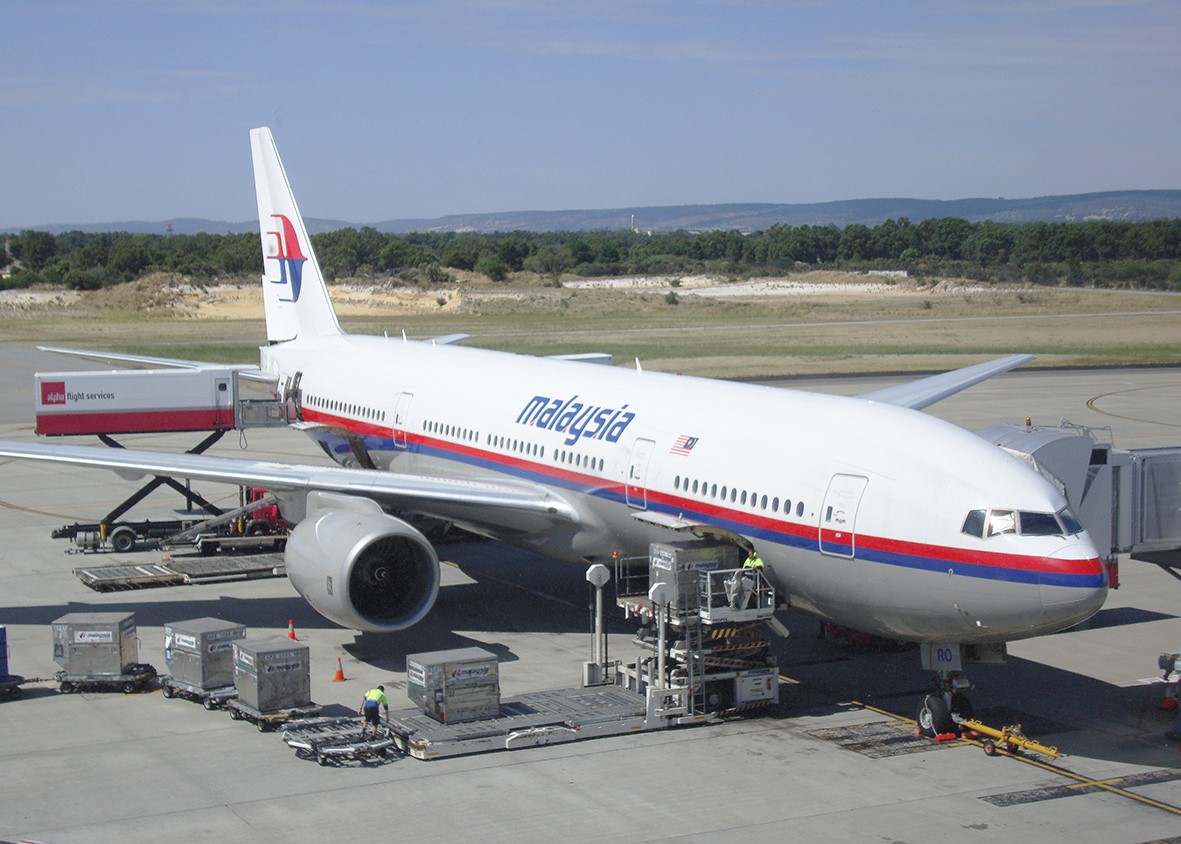Australia has ruled out the new MH370 location, identified by British Aerospace engineer Richard Godfrey, in the area it searched between 2014 and 2017.
However, there has been a significant improvement in underwater search technology since the ATSB search and much of the area of interest is pitted with deep ravines.
The University of Western Australia, Oceanographer Professor Charitha Pattiaratchi’s search area is just outside the ATSB zone and just to the northeast of Mr Godfrey’s location.
Below is a graphic produced by the search company Ocean Infinity for its proposed 2023 Mh370 search that shows Mr Godfrey’s search location in yellow and its proximity to the edge of the previous ATSB search shown in grey.
The Independent Group’s location is shown in red.
The blue area is that searched by Ocean Infinity in 2018 and the cream area is the extent of the proposed search in 2023.

In late January 2022, the ATSB asked Geoscience Australia to undertake a review of some of the sonar imagery collected during the original search for MH370, conducted between October 2014 and January 2017.
SEE the podcast: Flight Safety Detectives dissect the Netflix doco “Downfall”.
READ: Etihad Airways unveils its new A350
READ: Can the giant AN-225 fly again?
The ATSB made the request after British aerospace engineer Richard Godfrey proposed an impact location for MH370 within an area surveyed during the original ATSB-led search, after his analysis of Weak Signal Propagation Reporter (WSPR) data.
“The Geoscience Australia report notes that it is highly unlikely that there is an aircraft debris field within the area reviewed,” said ATSB Chief Commissioner Angus Mitchell.
The review identified 11 objects not analysed during the original search. However, none were assessed to be from an aircraft wreckage debris field.
Eight of the objects were assessed as most likely geological features, and while three were identified as anthropogenic (ie not naturally occurring), none were determined to be associated with an aircraft.
Geoscience Australia Chief Executive Officer Dr James Johnson said over a two-month period, a team of experts had reviewed a band of high-resolution sonar imagery spanning 4,900 square kilometres.
“This data allowed us to detect objects as small as 30 centimetres by 30 centimetres. If the aircraft was within the area we have reviewed, the sonar data would have shown a scatter field of highly reflective debris,” Dr Johnson said.
Mr Mitchell added; “The ATSB concluded its formal involvement the search for MH370 in 2017, but we acknowledge the importance of locating the aircraft to provide answers and closure to the families of those who lost loved ones and in the interests of aviation safety.
“Can I thank Geoscience Australia for their work in applying their expertise and knowledge in reviewing the original search data.”
Dr Johnson added; “We all understand the emotion that will come with this news, and those at the centre of this tragedy remain in our thoughts.”
























